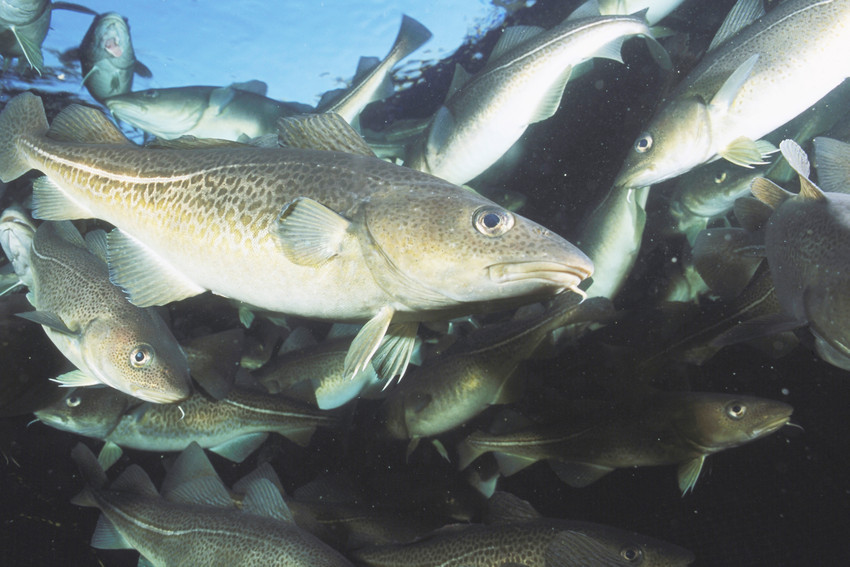Ever since the Middle Ages to the period just after the Second World War, fishing and hunting were labour intensive sectors characterized by hard work, low income and high risk. The sea, coast and fjords were an inexhaustible source. In 1946 there were 120,000 fishermen in Norway and they hauled in more than one billion kilograms of fish, giving an average of just under 10,000 kg per person. The boats were numerous, open, and with little or no engine power. Fishing was a gruelling toil that gave relatively little in return for the efforts.
In the period between the First and Second World Wars, the fishermen organized themselves into several local associations and one central fisheries association and several sales organizations. The Fishermen's Association fought for rights and benefits for fishermen, while the sales organizations eventually gained control of the first sale of fish from fisherman to buyer. As the technological revolution in the fisheries sector arrived after the Second World War, fishermen were well organized and had acquired a monopoly on first sale of fish from the boats to processing facilities.
Equipment Revolution
In the 1950s and 60s, something happened. In just a few years, the labour-intensive and old-fashioned fishing industry was modernized into efficient harvesting mechanism that was capable of emptying the ocean of live resources. In addition, government efforts in terms of subsidies and reconstruction plans after the war ensured that modern fish processing facilities, filleting factories and freezing plants all along the coast from Fredrikstad in the south-east to Vardø in the north-east, could receive and process ever-larger quantities of fish from the country's modernized fishing fleet.
In quick succession the stern trawler and purse seine with power block and sonar arrived. From 1962 to 1966 catch numbers increased from more than one million tonnes to nearly 3.2 million tonnes per year. The major fish stocks such as cod, haddock, saithe, herring and mackerel were taxed so hard over the 1960s and 70s that some were in danger of disappearing from the world's most productive marine ecosystem. When it became clear to those responsible that the great herring stocks collapsed around 1970, participatory regulations and quotas were introduced in Norway. It took nearly 15 years to restore the herring stock to a level that could once more be fished. After the collapse of cod in the late 80s, vessel quotas and scrapping schemes were introduced. In addition, government subsidies were phased out and discontinued in the early 1990s.
The eternal industry
Today the large, important stocks are at almost record sizes, and along with a strong aquaculture industry they provide substantial income for the country's seafood industry. Seafood accounts for barely six percent of the country's export earnings, but as the oil and gas reserves decline, the seafood industry and other marine industries will become more important for Norway in the future. Large amounts are being invested in research and innovation to extract even greater value from the seafood sector. Here biotechnology and new and more efficient ways of operating aquaculture will play crucial roles in the near future.
Norway has established good management of marine resources, and if nature continues cooperate, this will form the basis for a viable and progressive seafood sector. Norway controls and regulates waters in the Norwegian economic zone, the fishery protection zone around Svalbard and the fisheries zone around Jan Mayen. This amounts to 2.1 million square kilometres of ocean to manage and control. In addition, there are many areas without national jurisdictions that are currently regulated under international agreements. This makes the prospects of protecting the living marine resources good compared to the time before the 200 mile zones were introduced, the fishing equipment and participation regulations were implemented and binding international agreements concluded.
Today's seafood industry is characterized by a modern fishing fleet that carries out targeted fishing according to assigned resources, and which is better adapted to the resource base than was the case 20 years ago when state subsidies were discontinued and the government shifted its focus from regional development to sustainability and economic benefit. All commercial fishing is regulated, and the industry has undergone much restructuring to become as efficient and profitable as possible.
Read more about Norwegian fisheries management at www.fiskeridir.no (in Norwegian).
